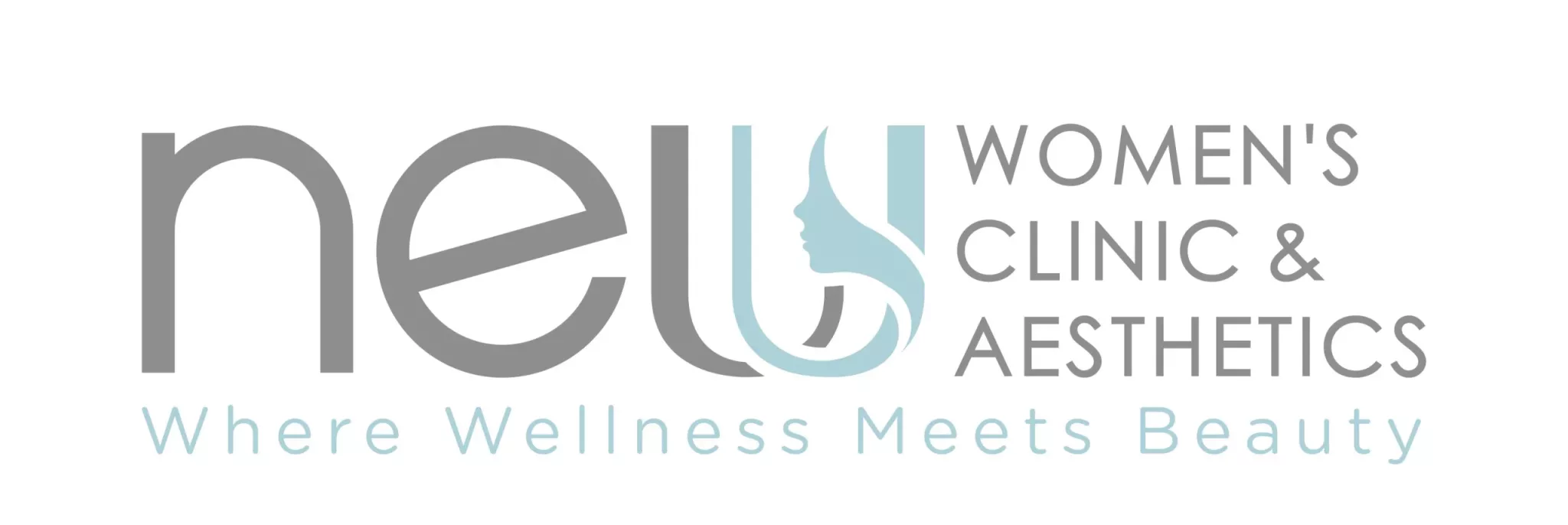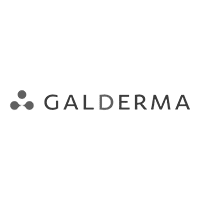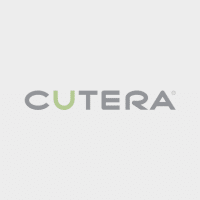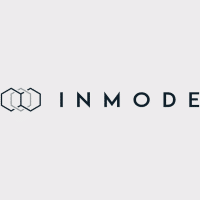
In the ever-evolving landscape of healthcare, customer relationship management (CRM) is becoming increasingly critical. This software tool, originally associated with businesses in retail and sales, has found a new home in healthcare, including ophthalmology practices. In this blog post, we will explore the world of CRM for ophthalmology practices, its significance, benefits, key features, best practices, and real-world success stories. Let’s uncover how CRM can help ophthalmologists deliver exceptional patient care while boosting their practice’s growth.
Understanding CRM in Ophthalmology
Defining CRM and Its Core Principles
Customer Relationship Management, or CRM, is a comprehensive strategy that focuses on building and nurturing strong relationships with patients. It encompasses tools, processes, and technology that enable healthcare providers, including ophthalmologists, to manage patient interactions effectively.
At its core, CRM emphasizes the following principles:
- Patient-Centric Approach: CRM puts patients at the center of care, prioritizing their needs and preferences.
- Data-Driven Decision-Making: It leverages data to make informed patient care and practice management decisions.
- Enhanced Communication: CRM tools facilitate better communication between patients and healthcare providers, improving patient engagement.
Why CRM is Essential for Ophthalmology Practices
Ophthalmology practices face unique challenges in patient management. Patients require ongoing care for glaucoma, cataracts, and macular degeneration. Effective tracking of appointments, treatment plans, and follow-up care is crucial. This is where CRM comes into play.
Key Challenges Faced by Ophthalmology Practices:
- Appointment Overload: Managing a high volume of appointments can be overwhelming for staff.
- Treatment Plan Compliance: Ensuring patients adhere to their treatment plans is vital for positive outcomes.
- Data Security: Ophthalmology practices handle sensitive patient data that must be securely managed.
Benefits of Implementing CRM in Ophthalmology
Implementing CRM in ophthalmology offers many benefits, ultimately leading to improved patient care and practice growth.
1. Improved Patient Experience and Satisfaction
A patient-centric approach facilitated by CRM leads to enhanced patient experiences. Personalized communication, timely reminders, and efficient follow-up care all contribute to higher patient satisfaction.
2. Enhanced Patient Communication
CRM tools enable practices to communicate with patients through various channels like email, SMS, and telehealth. This flexibility ensures that patients receive the information they need in a manner that suits them.
3. Streamlined Appointment Scheduling and Reminders
Efficient appointment scheduling, rescheduling, and reminders reduce no-show rates and promptly ensure patients receive the care they need.
4. Efficient Follow-up Care and Treatment Plans
CRM helps track patient progress, ensure timely follow-up, and modify treatment plans as needed. This proactive approach leads to better health outcomes.
5. Data-Driven Decision-Making for Better Practice Management
CRM provides valuable insights into patient behavior, preferences, and trends. This data empowers ophthalmology practices to make informed decisions, optimize resource allocation, and tailor services to patient needs.
Key Features of CRM for Ophthalmology Practices
To fully harness the benefits of CRM, it’s essential to understand the key features that make it suitable for ophthalmology practices.
1. Patient Database and Records Management
CRM software includes a comprehensive patient database that stores patient information, medical histories, and appointment schedules. This centralized repository simplifies patient management.
2. Appointment and Schedule Management
Efficient appointment scheduling and schedule management tools help practices optimize their resources and reduce patient waiting times.
3. Communication Tools
CRM platforms offer communication tools like email and SMS, allowing practices to send appointment reminders, treatment updates, and general health tips.
4. Reporting and Analytics for Patient Insights
Robust reporting and analytics provide practices with actionable insights into patient behavior, helping them tailor their services accordingly.
5. Integration with Electronic Health Records (EHR) Systems
Seamless integration with EHR systems ensures that patient data is up-to-date and accurate, eliminating the need for redundant data entry.
Selecting the Right CRM Solution
Choosing the right CRM solution for your ophthalmology practice is a crucial step. Here are some guidelines to consider:
Identifying Practice-Specific Needs and Goals
Start by assessing your practice’s unique requirements and objectives. Are you looking to improve patient communication, reduce appointment no-shows, or streamline your appointment scheduling process? Understanding your goals will guide your CRM selection.
Evaluating CRM Software Options
Research CRM software tailored for healthcare and ophthalmology. Compare features, ease of use, scalability, and customer support. Seek recommendations from peers or colleagues who have successfully implemented CRM in their practices.
Cost Considerations and ROI Analysis
Evaluate the total cost of ownership, including software licensing, implementation, and ongoing maintenance. Calculate the potential return on investment (ROI) based on expected patient satisfaction, retention, and practice growth improvements.
Case Studies of Successful CRM Implementations in Ophthalmology Practices
Look for case studies or success stories from ophthalmology practices implementing CRM systems. Learning from real-world examples can provide valuable insights into what to expect.
Implementing CRM: Best Practices
Implementing CRM in your ophthalmology practice requires careful planning and execution. Follow these best practices for a successful rollout:
Planning and Preparing for CRM Adoption
- Develop a clear implementation plan.
- Communicate the benefits of CRM to your staff.
- Ensure that everyone is on board with the changes.
Staff Training and Onboarding
- Provide comprehensive training to staff on CRM software.
- Offer ongoing support and address questions or concerns promptly.
Data Migration and Integration with Existing Systems
- Ensure a seamless transfer of patient data.
- Integrate the CRM system with your EHR and other practice management tools.
Monitoring and Measuring Success
- Continuously monitor key performance indicators (KPIs) related to patient engagement and practice growth.
- Use analytics to identify areas for improvement and refine your CRM strategy accordingly.
Challenges and Pitfalls to Avoid
While CRM can bring significant benefits, it’s essential to be aware of common challenges and pitfalls in implementation:
Common Challenges in CRM Implementation:
- Resistance to change among staff.
- Initial learning curve with the new system.
- Ensuring data security and compliance with healthcare regulations.
Strategies for Overcoming Resistance to Change:
- Involve staff in the decision-making process.
- Provide comprehensive training and support.
- Communicate the long-term benefits of CRM adoption.
Avoiding Data Security and Privacy Pitfalls:
- Implement robust data encryption and access controls.
- Regularly audit and update security protocols to comply with healthcare data regulations.
Future Trends in CRM for Ophthalmology Practices
As technology advances, the future of CRM in ophthalmology practices looks promising. Here are some emerging trends to watch for:
1. Emerging Technologies and Their Impact on CRM
Artificial intelligence (AI) and machine learning will significantly automate routine tasks and provide predictive insights for personalized patient care.
2. Patient-centric care Models and CRM
The shift towards patient-centric care models will further emphasize the importance of CRM in delivering tailored healthcare services.
3. Predictive Analytics and Personalized Patient Care
CRM systems will incorporate predictive analytics to anticipate patient needs and recommend personalized treatment plans, improving overall health outcomes.
Conclusion
In the rapidly evolving healthcare landscape, ophthalmology practices must adapt to meet patient expectations while ensuring efficient practice management. CRM has emerged as a valuable tool to achieve both goals. By implementing CRM solutions tailored to their unique needs, ophthalmologists can enhance patient experiences, streamline operations, and drive practice growth.
Are you ready to take your ophthalmology practice to the next level with CRM? Explore the possibilities and unlock the full potential of patient relationship management. Embrace the future of healthcare, where patients receive the care they deserve, and practices thrive.
Take the first step towards a brighter future for your practice. Contact Growth99 today to discover how CRM can revolutionize your ophthalmology practice!
By embracing CRM, you can provide your patients insightful insights and exceptional care, ensuring their eyesight and well-being are in the best hands possible. Don’t wait; start your CRM journey today!




























